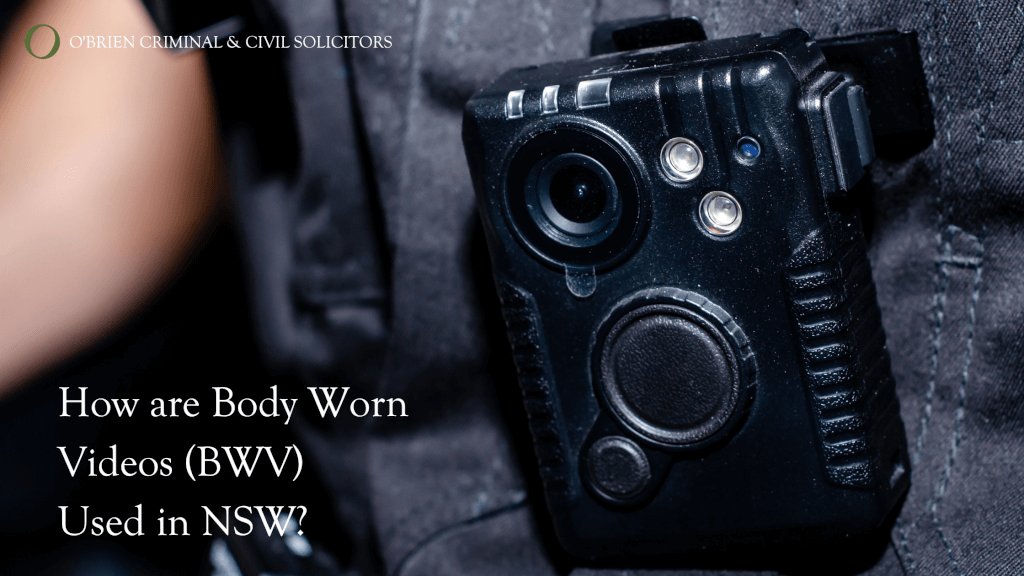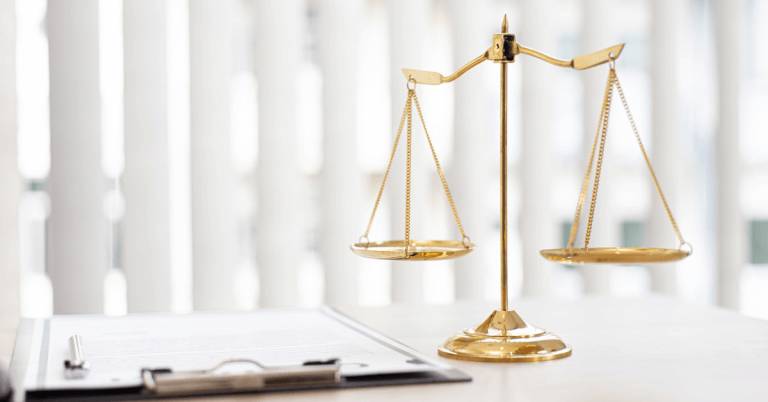
How Do Police Use Body Worn Video in NSW?
Body Worn Video is a tool used by the NSW police to gather evidence. In recent times, it has become very popular. Yet, only restricted people have access to the content. Also, police keep the content in a secure video management system.
Why are police using Body Worn Video in NSW?
Across the world, the police are using these cameras as they have lots of benefits.
Benefits of Body Worn Videos:
- They help keep the community and police officers safe.
- These cameras allow officers to supply objective evidence in cases.
- The videos reduce the chances of a situation becoming violent.
- Help ensure that police act professionally whilst on duty.
How do the police in Australia use Body Worn Videos in NSW?
Police officers wear Body Worn-Videos (BWV) on their bodies.
They are always clearly visible. The police record footage at their own discretion. Officers will generally press record when they believe an incident might escalate. Similarly, to capture evidence. However, police officers should always advise the public when they are in use.
Instead of just writing notes, police use Body Worn Videos to record information. In addition, officers record when exercising a police power. For instance, when arresting or approaching a difficult situation.
Legislation of Police Using Body-Worn Videos
The Surveillance Devices Act now allows NSW Police to use Body Worn Videos in public places. However, all recordings must be securely stored to help protect the public’s privacy.
What are the recordings used for?
According to the Surveillance Devices Act 2007, police can only use Body Worn Videos recordings to enforce the law.
For example, these recordings appear in court as evidence. Likewise, videos help investigate complaints against the police. Also, new officers view the footage as training material too.
However, it is against the law to use these recordings for unrelated purposes. Publicising them without permission is also unlawful. In fact, if the media want access, they must have a subpoena or a GIPAA request.
However, if you appear in an incident, you can get a copy of the video. To do this, you must make a request under the Government Information (Public Access) Act 2009 (NSW). This is known as GIPAA.
Related Posts:
Body worn video cameras only turned on when the officer decides.
Victoria permits body-worn video to be used in law suits against police.

Nicole Byrne
Content Creator | Media Coordinator
O'Brien Criminal & Civil Solicitors
- Nicole Byrnehttps://obriensolicitors.com.au/author/nicoleb/
- Nicole Byrnehttps://obriensolicitors.com.au/author/nicoleb/
- Nicole Byrnehttps://obriensolicitors.com.au/author/nicoleb/
- Nicole Byrnehttps://obriensolicitors.com.au/author/nicoleb/



